
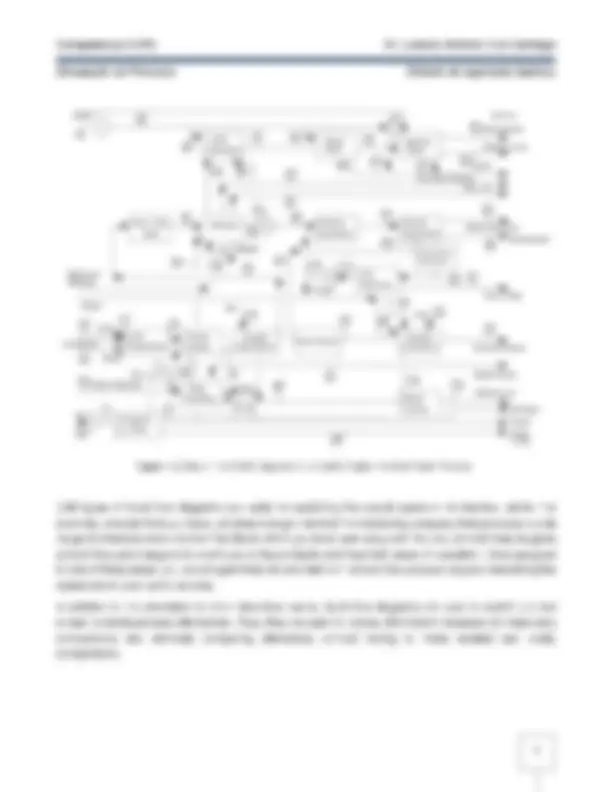
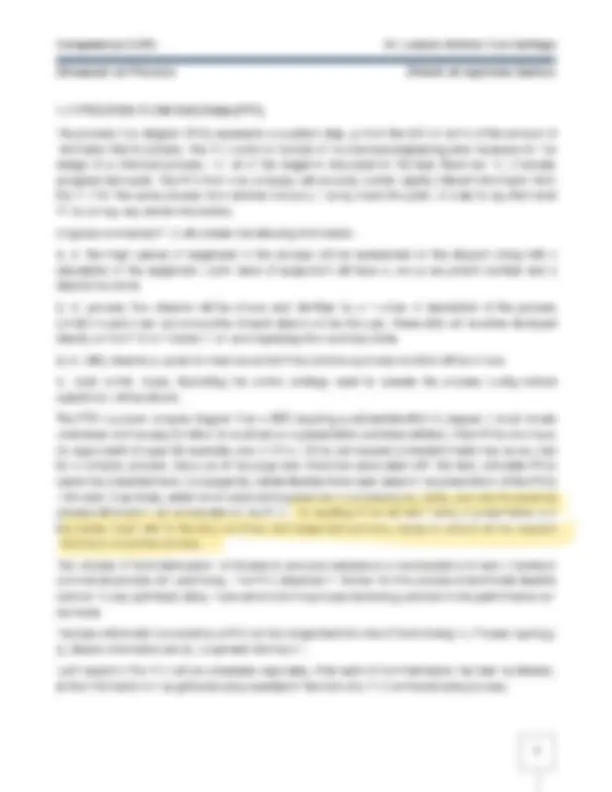
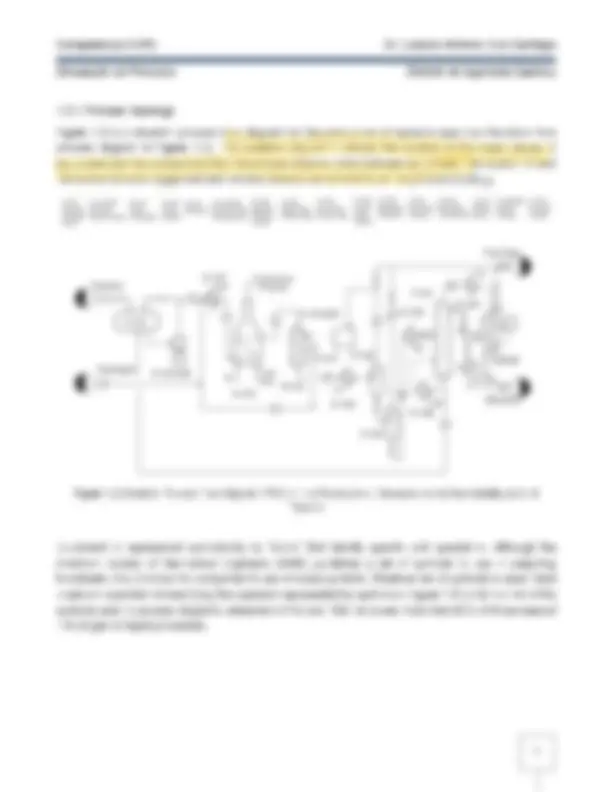
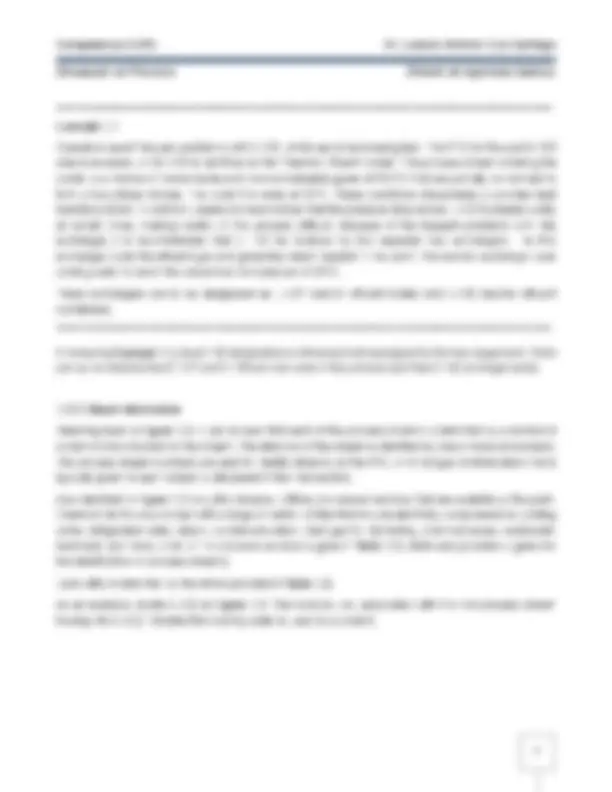
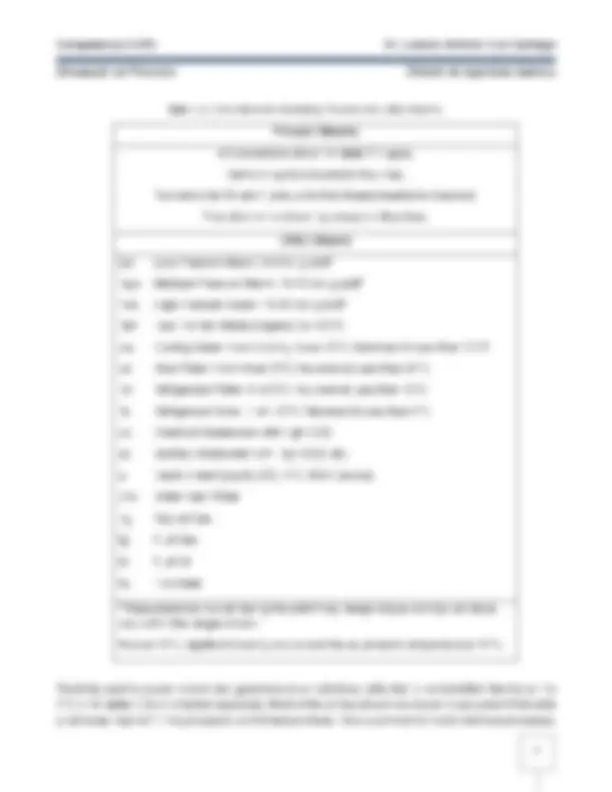
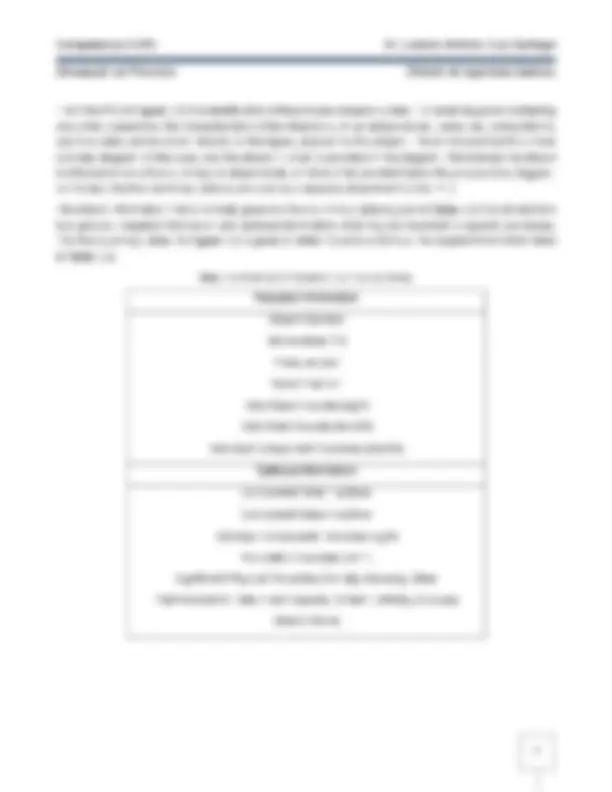
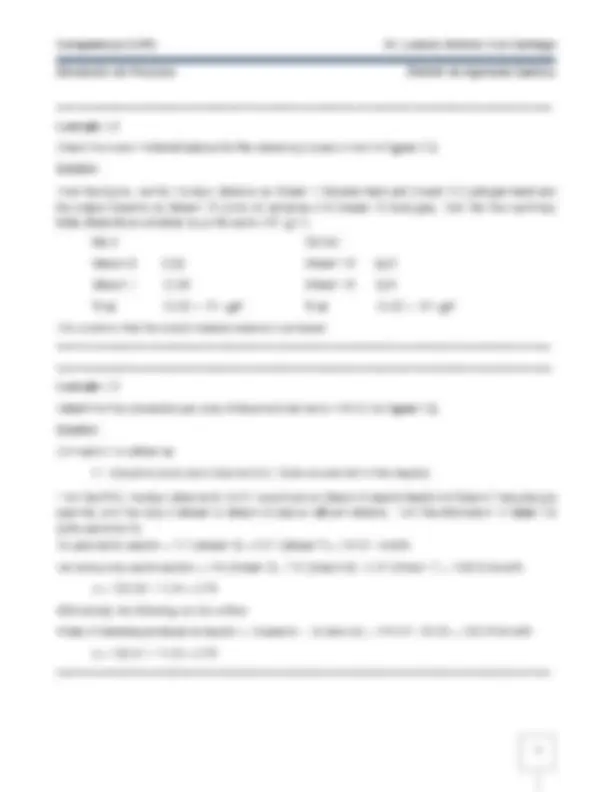
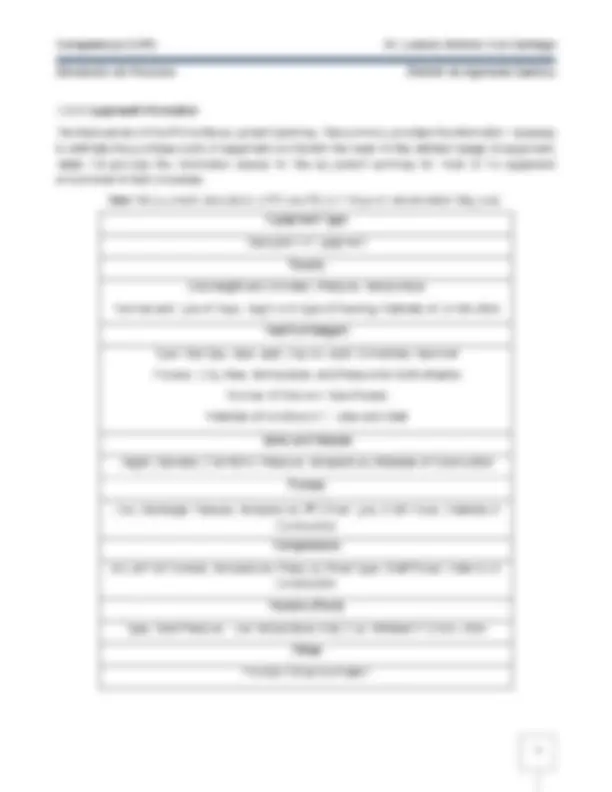
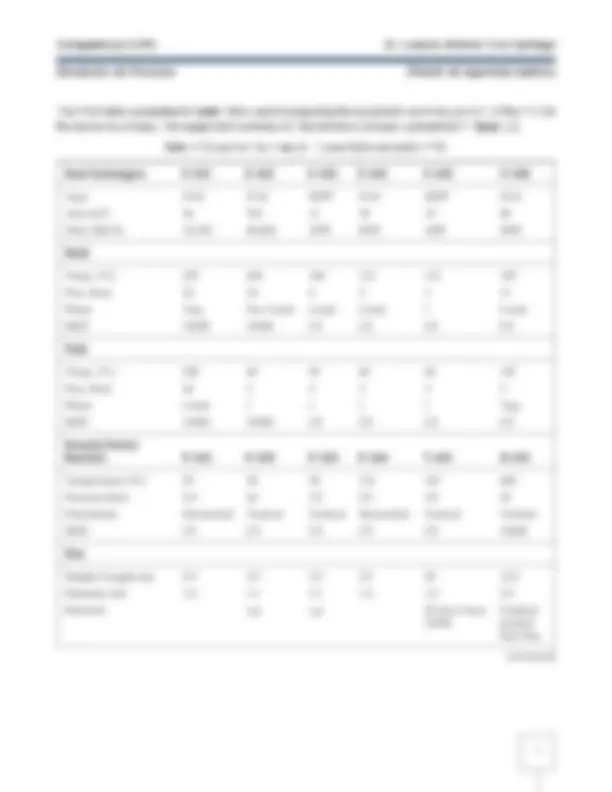
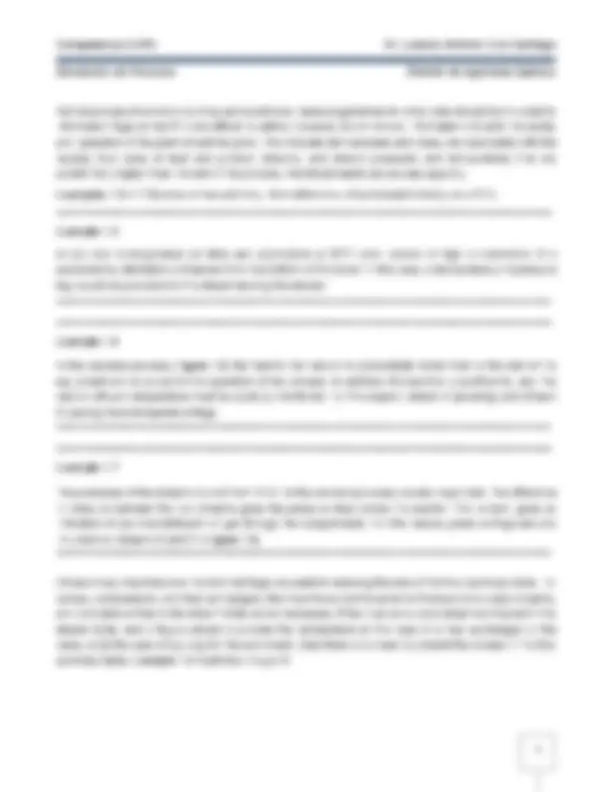
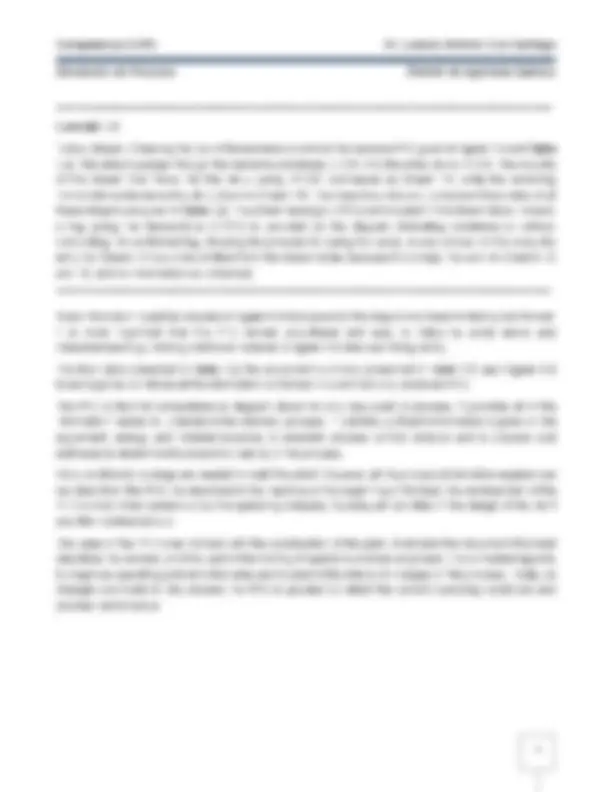
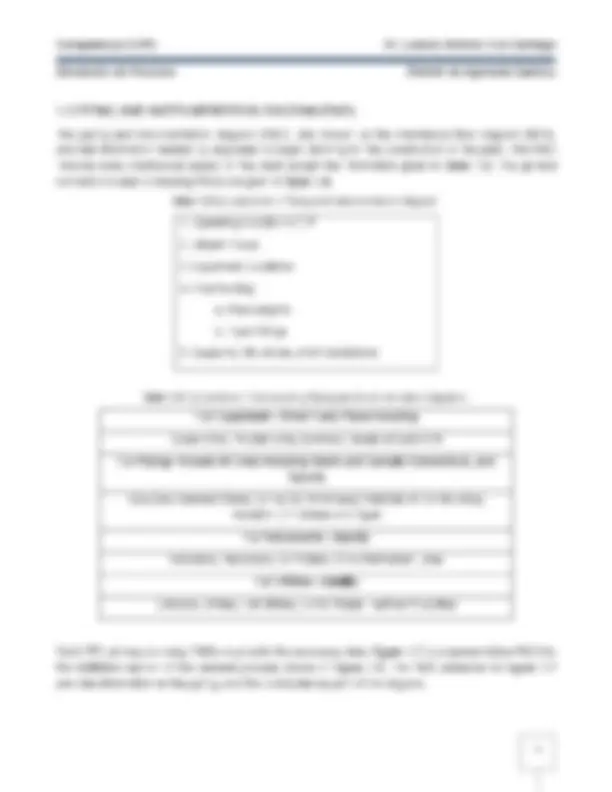
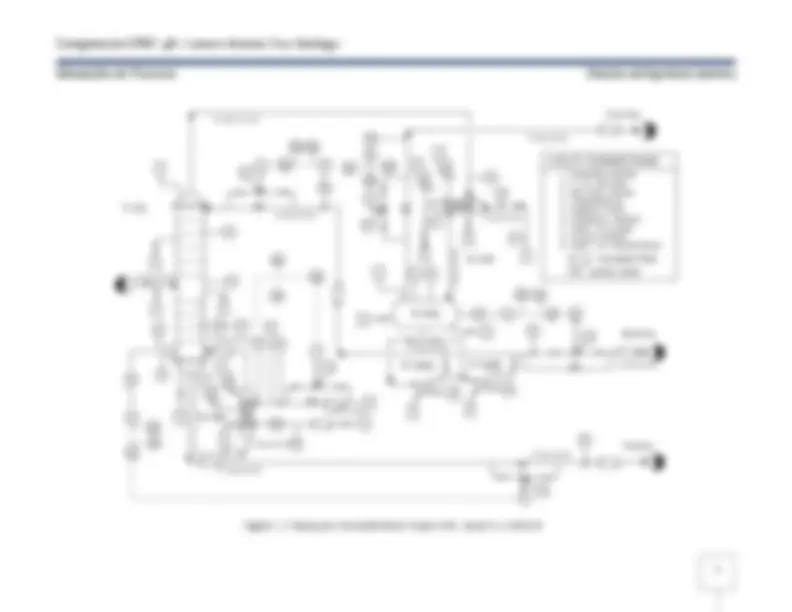
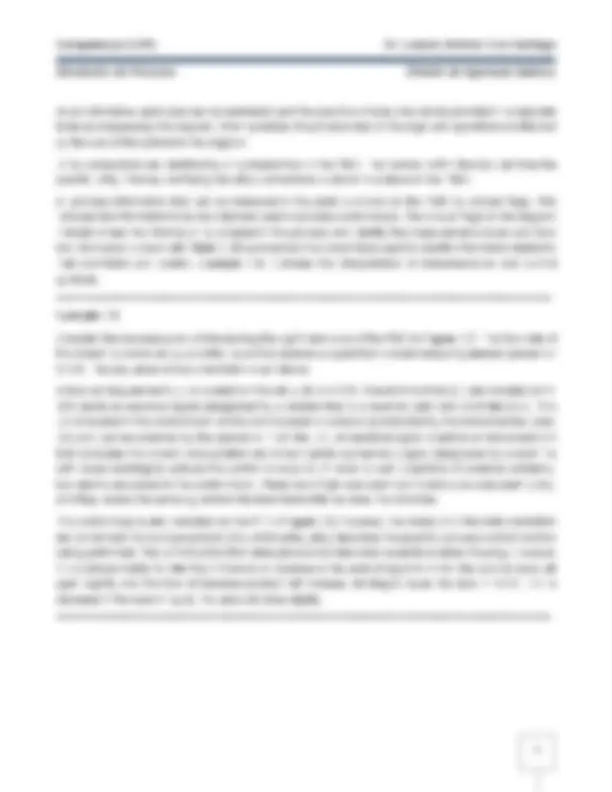
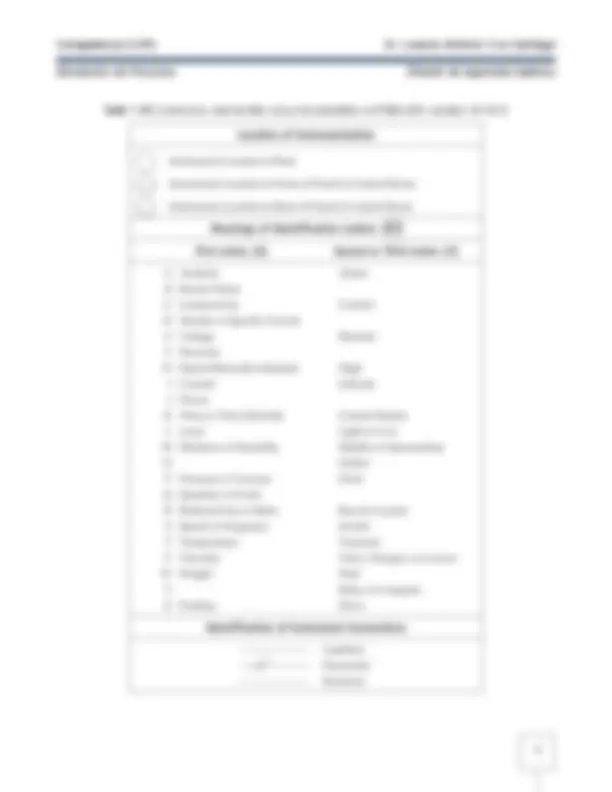
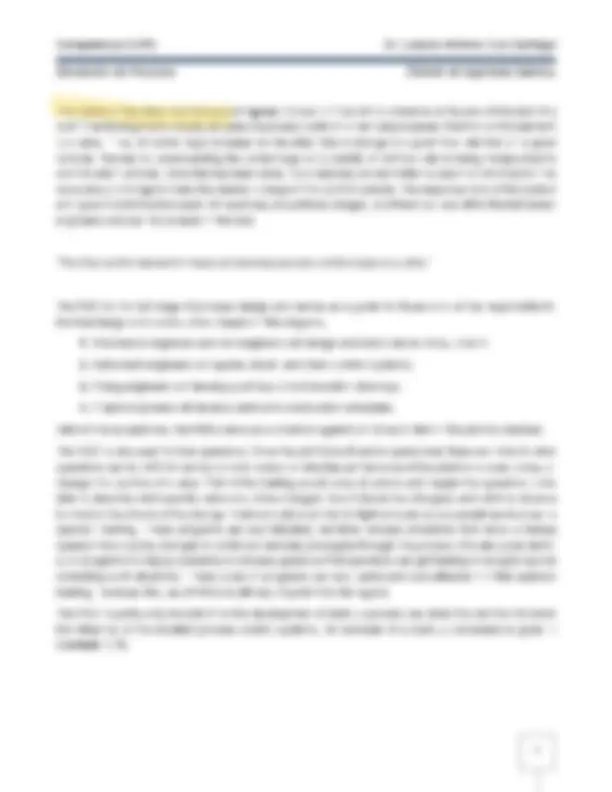
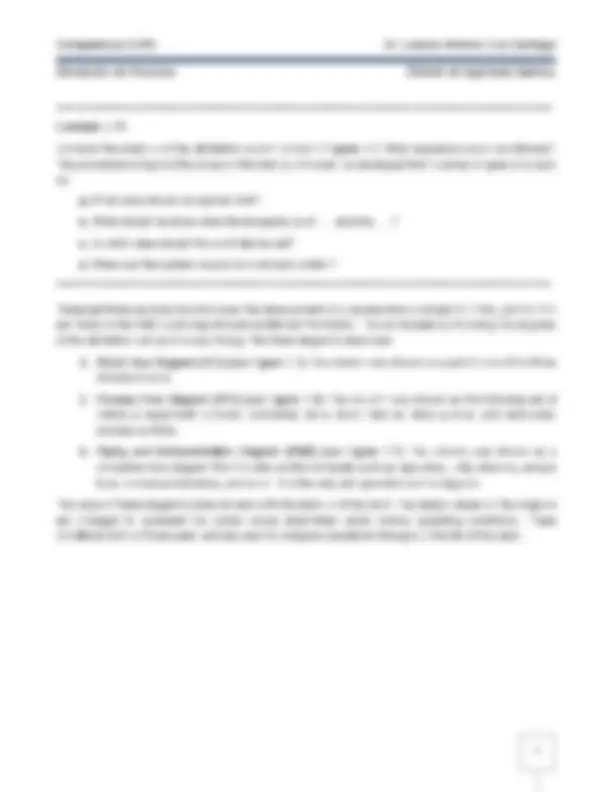


Prepara tus exámenes y mejora tus resultados gracias a la gran cantidad de recursos disponibles en Docsity

Gana puntos ayudando a otros estudiantes o consíguelos activando un Plan Premium


Prepara tus exámenes
Prepara tus exámenes y mejora tus resultados gracias a la gran cantidad de recursos disponibles en Docsity
Prepara tus exámenes con los documentos que comparten otros estudiantes como tú en Docsity
Los mejores documentos en venta realizados por estudiantes que han terminado sus estudios
Estudia con lecciones y exámenes resueltos basados en los programas académicos de las mejores universidades
Responde a preguntas de exámenes reales y pon a prueba tu preparación

Consigue puntos base para descargar
Gana puntos ayudando a otros estudiantes o consíguelos activando un Plan Premium
Comunidad
Pide ayuda a la comunidad y resuelve tus dudas de estudio
Descubre las mejores universidades de tu país según los usuarios de Docsity
Ebooks gratuitos
Descarga nuestras guías gratuitas sobre técnicas de estudio, métodos para controlar la ansiedad y consejos para la tesis preparadas por los tutores de Docsity
Resumen sobre las diferencias que existen entre DFP y DTI
Tipo: Apuntes
1 / 25

Esta página no es visible en la vista previa
¡No te pierdas las partes importantes!


















Competencia CERO Dr. Lorenzo Antonio Cruz Santiago Simulación de Procesos División de Ingeniería Química 1. DIAGRAMS FOR UNDERSTANDING CHEMICAL PROCESSES: “The most effective way of communicating information about a process ¡is through the use of flow diagrams.” 1.1 BLOCK FLOW DIAGRAM (BFD) Block flow diagrams are introduced early in the chemical engineering curriculum. For example, in the first course in material and energy balances, an initial step is to convert a word problem into a simple block diagram. This diagram consists of a series of blocks representing different equiprment or unit operations that are connected by input and output streams. Important information such as operating temperatures, pressures, conversions, and yield are included on the diagram along with flow rates and some chemical compositions. However, the diagram does not include any details of equipment within any of the blocks. The block flow diagram can take one of two forms. First, a block flow diagram may be drawn for a single process. Alternatively, a block flow diagram may be drawn for a complete chemical complex involving many different chemical processes. These two types of diagrams are differentiated by calling the first a block flow process diagram and the second a block flow plant diagram. 1.1.1 Block Flow Process Diagram An example of a block flow process diagram is shown in Figure 1.1, and the illustrated process is described below. Toluene and hyarogen are converted o in a reactor to produce benzene and Toluene <-> meihane. The reaction does not go (10,000 kg/m) Reactor S 0 - eparator to completion, and excess toluene ¡s Benzeno, required. The non-condensable (8210 kg/hn) ————» gases are separated and discharged. Hydrogen (620 kg/n) A Conversion The benzene product and the 75% Toluene ¡Mixed Liquida still unreacted toluene are then separated by distillation. The toluene is then recycled hack to the reactor Toluene and the benzene is removed in the product stream. Reaction: C7Hg + Ha > CgHg + CHg Figure 1.1 Block Flow Process Diagram far tha Production of Benzene ? TURTON, Richara, et al. Analyst sis and design of chemical processes. Pearson Education, 2012,